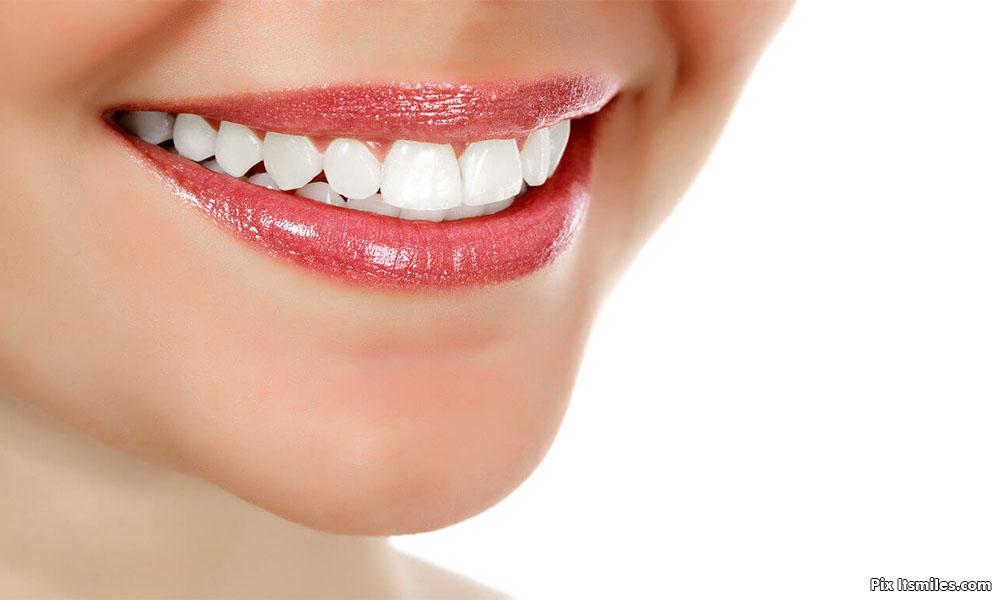LETTER | When parents visit the dental clinic, it’s not uncommon for them to express concerns about their child’s dental health. One worry is thumb-sucking and its effects on teeth.
Thumb-sucking is a typical habit among babies and young children. In fact, one in every eight children between the ages of seven and 11 has a prolonged thumb-sucking or pacifier-sucking habit.
These habits often develop as a response to physiological needs for nutrients or as a way for children to self-soothe and find comfort by providing stimulation.
The extent of the effects of thumb-sucking depends on the habit’s frequency, intensity and duration. Any habit that persists for more than six hours per day may have detrimental consequences.
The most noticeable dental effects of thumb-sucking include protruding upper teeth, open bite and movement of incisors and molars, often accompanied by a narrowing of the upper dental arch.
Children with protruding teeth are unfortunately vulnerable to teasing and name-calling, such as “gigi jongang” or rabbit teeth, and in some cases, even suffer bullying from their peers.

Moreover, teeth that jut out are at a higher risk of injury during physical activities or sports.
Children with these habits may also develop a condition where their upper and lower teeth do not properly align when they bite, making eating and chewing more challenging.
Prolonged habits can result in a narrowed palate, causing dental crowding and hindering the proper eruption of teeth.
In addition to these dental problems, thumb-sucking can lead to speech issues in some children. The constant pressure of the thumb against the roof of the mouth can interfere with the development of the muscles and nerves involved in speech.
So, how can parents help their child break the thumb-sucking habit?
When a child reaches the age of three, parents or caregivers can initiate the process by using techniques like applying waterproof bandages or bitter nail polish to the child’s thumb or placing socks over the child’s hand during bedtime.
Positive reinforcement methods, such as praise or a reward system, can also motivate the child to quit the habit.
Seek professional help
If these approaches prove unsuccessful, parents can seek professional assistance from an orthodontist who can provide a habit-breaking appliance that physically prevents the child from putting their thumb or pacifier in their mouth.
It is crucial to understand the benefits of breaking the thumb-sucking habit early. The goal is not just aesthetic; it’s also about enhancing the appearance of the child’s teeth and jaws while boosting their self-confidence.
Children who are self-conscious about their thumb-sucking habit often experience increased confidence after breaking the habit.
Remember, it’s easier to break the habit now than later in life. The longer a child sucks their thumb, the more challenging it becomes to overcome. Breaking the habit early sets children on a path to success in the long run.
Remember, parents play a crucial role in supporting their child in this journey. Be patient, be a superhero, and help your child overcome this habit.
Writers are from the Department of Paediatric Dentistry and Orthodontics, Faculty of Dentistry, Universiti Malaya.
The views expressed here are those of the author/contributor and do not necessarily represent the views of Malaysiakini.

